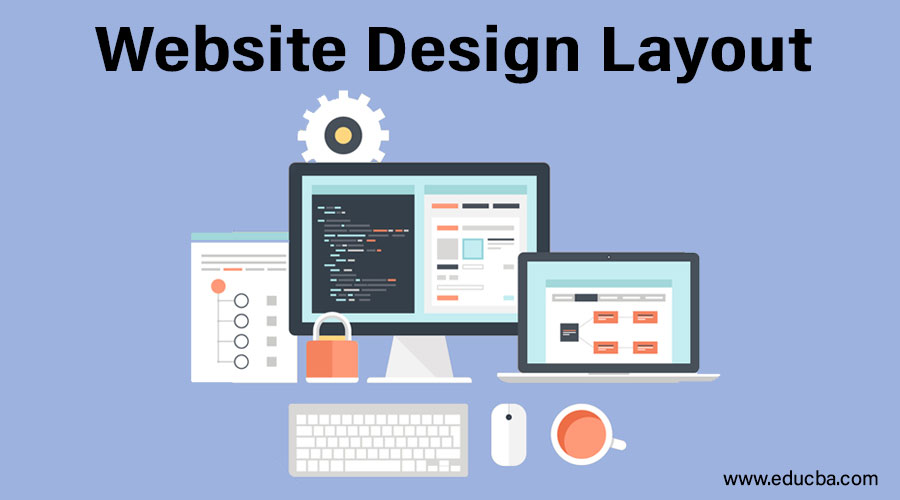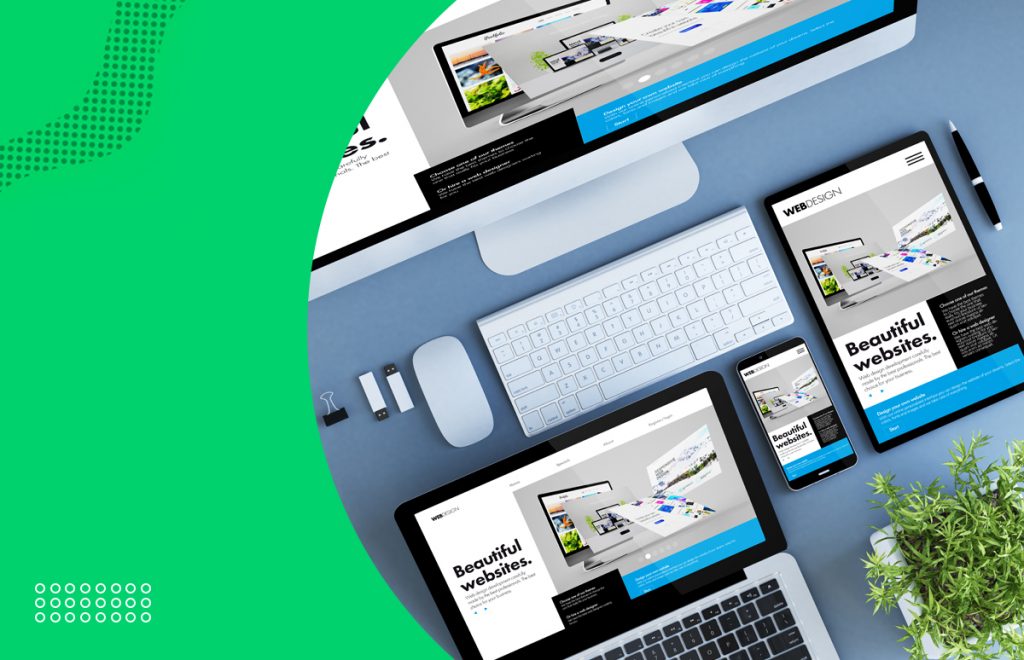Website Design Best Practices for Faster Load Times and Improved User Experience
Website Design Best Practices for Faster Load Times and Improved User Experience
Blog Article
Modern Site Design That Records Interest and Transforms
In a significantly electronic landscape, modern-day internet site design has arised as a critical aspect in recording individual attention and driving conversions. As we discover these essential parts, it comes to be clear that recognizing their interplay can considerably impact a website's efficiency and customer complete satisfaction.
Importance of Visual Power Structure
Visual power structure is an important component in web site style, as it overviews users' focus and improves their general experience. By tactically organizing content, designers can direct users to the most crucial details first, thus boosting involvement and boosting use. Efficient visual pecking order employs various techniques, consisting of dimension, spacing, comparison, and color. Bigger aspects naturally attract the eye, while contrasting shades can emphasize vital messages, making them stand apart amongst more restrained elements.
Including a logical flow in material plan is essential; as an example, putting the most crucial details at the top of a web page fosters immediate acknowledgment. Additionally, consistent use typography, such as varying font sizes and styles, helps establish a clear material framework. This organization not only help in navigating however additionally builds trust, as individuals feel extra comfy when they can conveniently discover what they are looking for.
Inevitably, a well-executed aesthetic hierarchy not just improves visual allure but likewise substantially impacts individual habits. By prioritizing important aspects and guaranteeing a seamless experience, developers can properly transform visitors right into clients, strengthening the value of this foundational style concept in modern-day web site growth.
Responsive Style for All Gadgets
Creating a smooth experience throughout different devices is vital in today's digital landscape, where customers access sites from tablets, desktop computers, and smart devices alike. Receptive style is a vital technique that makes certain internet sites adapt fluidly to different screen positionings, resolutions, and dimensions. By utilizing adaptable grids, pictures, and CSS media inquiries, designers can produce designs that maintain visual honesty and performance, regardless of the device being utilized.
The value of responsive style extends beyond looks; it directly influences user involvement and conversion prices. A site that operates well on all devices encourages longer gos to and lowers bounce rates, as users are most likely to engage with web content that is simple to navigate. Search engines, specifically Google, focus on mobile-friendly sites in their rankings, making responsive design an essential component of search engine optimization (SEO)
Integrating receptive style not just enhances user experience however additionally streamlines the advancement procedure. By developing a solitary website that functions throughout devices, companies can conserve time and sources compared to developing separate mobile and desktop versions. Eventually, receptive layout is a basic approach for contemporary internet site style, making certain accessibility and complete satisfaction for all individuals, despite their device.
Engaging Interactive Aspects
While a responsive layout lays the foundation for a useful web site, including interesting interactive components is important for capturing individual interest and fostering deeper links. Website Design. Interactive components, such as animations, quizzes, and clickable infographics, develop a more vibrant customer experience, encouraging visitors to invest even more time on the website
Integrating interactive features can likewise guide users via complicated info, making it simpler to digest content. For instance, interactive sliders can highlight product variations, while ingrained video clips can give demonstrations or testimonials that reverberate even more than fixed images or message. Additionally, gamification techniques, like rewards for involving or finishing jobs with material, can improve customer motivation and retention.
Reliable usage of interactive elements not only improves the user experience yet can likewise lead to greater conversion rates. It is essential to balance interactivity with efficiency; excessively complicated attributes may impede site rate, negatively impacting Website Design individual complete satisfaction.
Streamlined Navigating Practices
Reliable navigating is a cornerstone of any type of successful internet site, as it directly influences user experience and content accessibility. Streamlined navigation techniques make sure that customers can easily locate details, improving their interaction with the site. A well-structured navigation food selection must be user-friendly and simple, typically including a restricted number of key categories to stay clear of overwhelming visitors.
To achieve streamlined navigation, developers should focus on a hierarchical framework that logically organizes content. Implementing breadcrumb tracks can give customers with context concerning their present place within the site, permitting for smooth backtracking. Furthermore, making use of drop-down food selections can effectively preserve room while still giving access to subcategories.
Receptive style is crucial, as navigating ought to be functional throughout all tools (Website Design). Mobile users, particularly, gain from touch-friendly food selections and collapsible areas that keep functionality without compromising aesthetic appeals

Effective Call-to-Action Techniques
A well-crafted call-to-action (CTA) is essential for directing customers toward wanted outcomes on an internet site, as it motivates them to involve with web content or buy. To optimize their effectiveness, CTAs must be clear, engaging, and tactically put throughout the website.
First, use action-oriented language that communicates necessity or value, such as "Obtain Started," "Join Now," or "Insurance claim Your Discount." This language not only encourages customers however also sets clear assumptions about the next actions.
Second, take into consideration design elements; CTAs must stand out aesthetically through contrasting colors, adequate whitespace, and noticeable positioning. A switch that is simple to see and click rises the likelihood of individual click this site interaction.
Additionally, customizing CTAs based upon individual habits or demographics can dramatically enhance involvement. Tailored messages resonate more with customers, driving higher conversion rates.

Verdict
These components collectively improve user experience, making certain that visitors remain engaged and inspired to explore web content further. By focusing on these layout principles, services can considerably enhance customer retention and conversion rates, eventually leading to greater success in the electronic landscape.
In a significantly electronic landscape, modern-day website layout has emerged site as an essential variable in recording individual attention and driving conversions.Aesthetic power structure is a crucial component in web site style, as it overviews customers' focus and improves their general experience.The significance of responsive style prolongs beyond appearances; it straight affects customer engagement and conversion prices.Including receptive layout not just boosts individual experience but also improves the growth process. Ultimately, responsive design is a basic strategy for modern site style, ensuring access and fulfillment for all users, regardless of their tool.
Report this page